Revolutionize Knee Care (Ligament care) with Precision Arthrometers - Save Time and Healthcare Costs
This webpage introduces the GNRB and Dyneelax arthrometers as cost-effective, sensitive alternatives to MRI for detecting partial ACL ruptures, aimed at reducing healthcare costs and improving patient knee care.
Introduction: Knee Care Optimization
In the quest for agility and mobility, our knees bear the brunt of the pressure. Every twist, turn, and sprint hinges on the health of the anterior cruciate ligament (ACL), making it one of the most vulnerable points in our anatomy. In France, over a million MRI scans are conducted annually to diagnose knee ligament injuries, leading to a crucial juncture for patients and doctors alike—identifying the right path to recovery, which in serious cases, may point to surgery. Yet, the journey to this decision is fraught with challenges.
Traditional MRI has long been the gold standard for diagnosing ACL injuries—offering a glimpse into the intricate structures of the knee to determine the best course of treatment. However, the clarity comes at a cost, both in terms of time and healthcare expenses, with MRI test prices ranging between €350 to €1500 across various regions around the globe. With the French healthcare system shouldering up to €500 per scan, the economic strain is palpable.
Enter the new era of knee care—our cutting-edge arthrometers, the GNRB and Dyneelax, present a groundbreaking alternative. Engineered for precision, these devices excel where it truly counts—in the sensitive detection of partial ACL ruptures, often outperforming MRI in this critical measure (DOI: 10.1016/j.knee.2023.03.017). Not only do they offer superior diagnostic capabilities, but they also come at a mere fraction of the MRI cost—between 20€ and 150€ depending on your region. We are not here to replace MRI; rather, we offer a first-line diagnostic tool that can significantly pare down healthcare costs and lower MRI tests that are done for nothing (if there is no lesion), cutting expenses by 90% and improving diagnostic accuracy for partial tears.
With the GNRB and Dyneelax, we propose an efficient, economic solution that empowers physicians to make informed decisions swiftly, ensuring that only those who need further examination proceed to MRI. This is not just about cost savings—it's about enhancing patient care, reducing wait times, and allocating resources to where they are most needed, with the added benefit of superior detection of partial ruptures.
Let's embark on a journey to better knee health with a tool that's sensitive in detection, gentle on the wallet, and a harbinger of hope for all individuals facing ACL injuries each year around the world. Welcome to a future where precision meets affordability in ACL diagnostics.
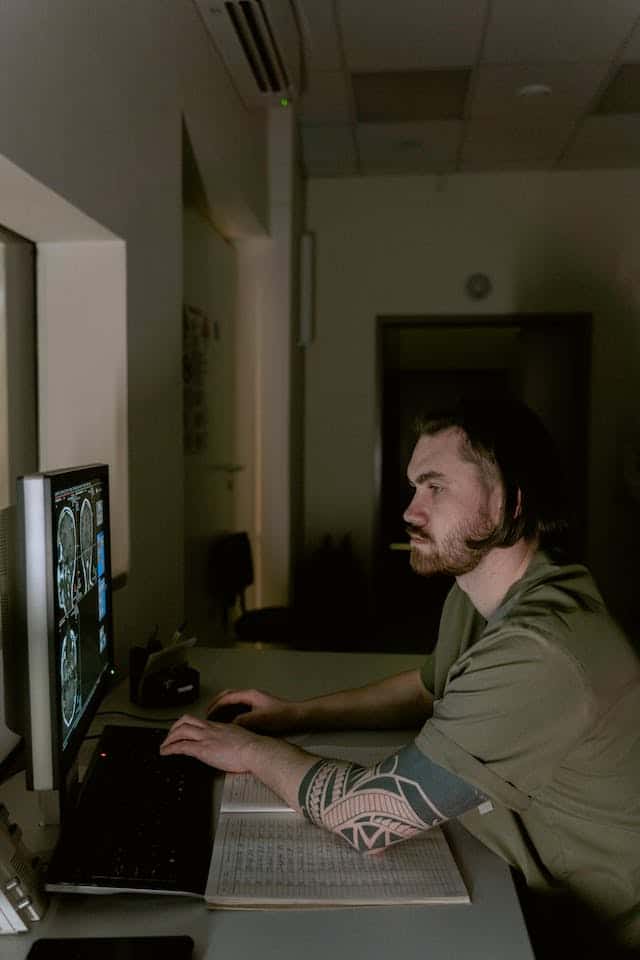
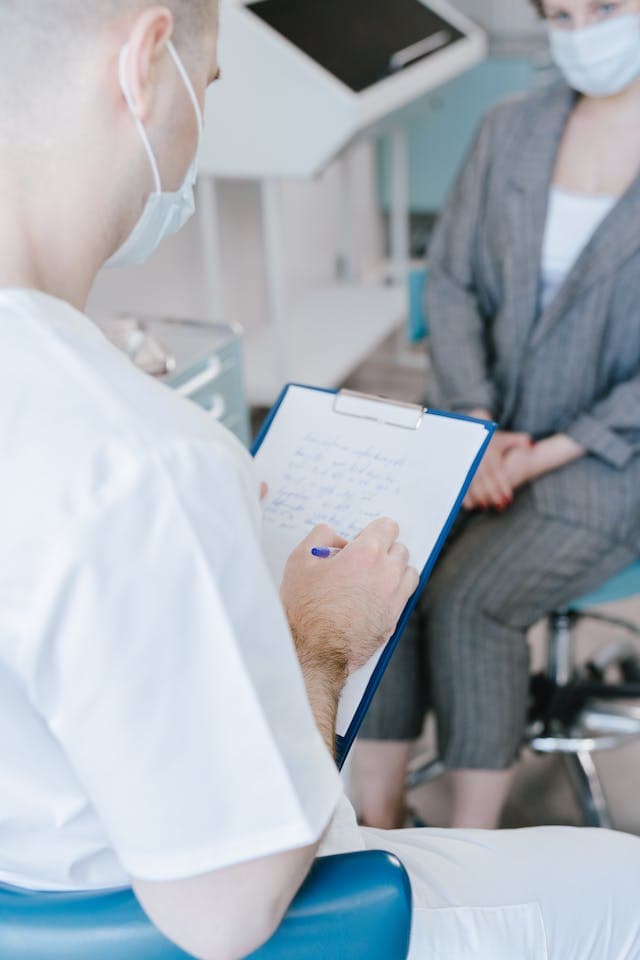
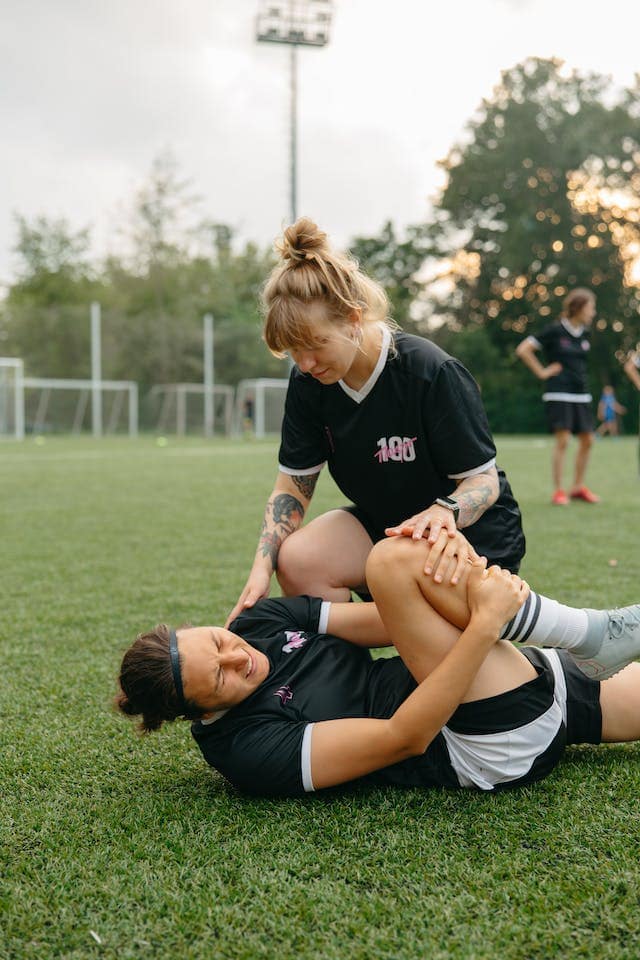
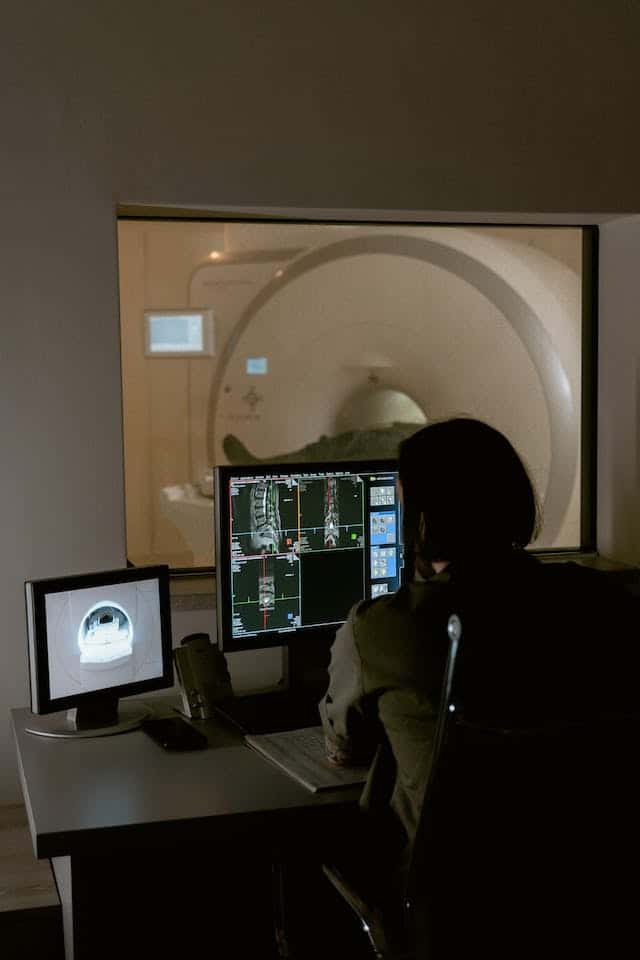

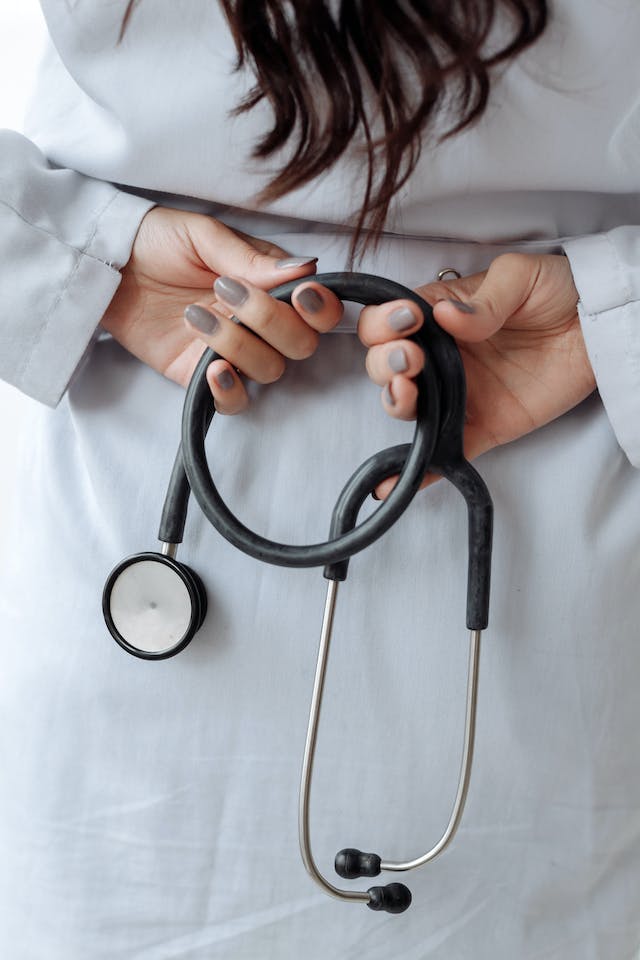
Superior Detection and Unmatched Affordability: The Arthrometer
Advantages
By integrating our arthrometers into the diagnostic process, healthcare providers can offer their patients not only a cost-effective solution but also a more refined diagnostic tool. It’s an investment in patient care, operational efficiency, and financial prudence.
Unparalleled Sensitivity in Partial ACL Tear Detection
Our arthrometers, the GNRB and Dyneelax, are not just alternatives to MRI—they are advancements. With sophisticated technology, they are particularly adept at detecting partial ACL ruptures. By pinpointing these injuries with remarkable accuracy, they facilitate early and precise intervention, which can be pivotal in a patient's recovery trajectory.
(DOI: 10.1016/j.knee.2023.03.017).Dramatic Cost Reductions in Diagnostics
Healthcare costs can be a barrier to accessing timely and quality care. By leveraging the efficiency of our arthrometers, priced between €20 and €150 per test, healthcare facilities can reduce the cost associated with knee diagnostics by up to 90%. This cost-effectiveness also translates into lower out-of-pocket expenses for patients, democratizing access to high-quality knee care.
Increased Accessibility to Crucial MRI Resources
By efficiently screening for ACL injuries, our arthrometers make a significant impact beyond individual patient care—they free up invaluable MRI time and resources. This optimization allows for better allocation of MRI usage to more severe pathologies, such as detecting and monitoring certain cancers, where MRI technology is often indispensable.
Comprehensive Evaluation with Advanced Technology (Rotation Stability Assessments)
The Dyneelax not only evaluates the ACL and PCL but also provides a thorough analysis of rotational knee stability by examining the AL-PM and AM-PL corners. This all-encompassing assessment ensures a detailed and accurate knee diagnosis, enabling a complete and nuanced functional approach to knee health.
Strategic Cost Efficiency in Global Healthcare
The introduction of our arthrometers, GNRB and Dyneelax, marks a transformative step in global healthcare diagnostics. Between only €20-€150 per test, these devices offer a dramatic cost reduction compared to MRI scans, which can range from €350 to €1500. This cost efficiency translates across borders, promising significant savings for healthcare systems worldwide.
Reducing Unnecessary MRI Evaluations Globally
MRIs represent a substantial expense to healthcare systems around the world. In France alone, with over one million knee ligament MRI evaluations annually, the fiscal impact is considerable. Our arthrometers provide a cost-effective diagnostic alternative that can reduce the frequency of unnecessary MRIs, which often do not lead to surgical intervention.
Long-Term Financial Prudence
By streamlining the diagnostic process, the GNRB and Dyneelax not only alleviate immediate financial burdens but also promote sustainable healthcare models. The savings from reduced MRI usage can be reallocated to other critical healthcare needs, ensuring a balanced distribution of resources.
Operational Cost Savings with Quick Diagnostics
Beyond patient care, the efficiency of the GNRB and Dyneelax translates to operational savings for healthcare providers. Their quick and effective diagnosis capabilities reduce the workload in radiology departments, freeing up MRI units for cases where advanced imaging is absolutely necessary.
Justifying the Investment
The initial investment in our arthrometers is offset by their substantial cost savings and enhanced diagnostic capabilities over time. By adopting the GNRB and Dyneelax, healthcare providers are not just investing in cutting-edge technology but are also endorsing a model of fiscal responsibility and clinical superiority.
Economic Argument: Rethinking Diagnostic Economics with Arthrometers for Knee Care
The economic argument for the GNRB and Dyneelax arthrometers is clear. They represent not merely a cost-saving measure but a strategic advancement towards a more sustainable, efficient, and resource-optimized healthcare system—a compelling proposition for medical practitioners and healthcare administrators worldwide.
Revolutionize ACL Evaluations with GNRB & Dyneelax Arthrometers
Cost Efficiency
The financial aspect of medical diagnostics is a pivotal concern, especially in a healthcare landscape striving to optimize resources without compromising on quality. The utilization of GNRB and Dyneelax arthrometers presents a compelling case for cost-efficiency, while enhancing diagnostic precision in ACL evaluations.
The case for cost efficiency extends beyond mere financial savings. It encapsulates a vision for a more sustainable, effective, and resource-optimized healthcare framework. The integration of GNRB and Dyneelax arthrometers in different medical departments is a step towards realizing this vision, marking a significant stride in aligning financial prudence with clinical excellence.
Reducing
Unnecessary MRI
Evaluations:
High Costs of MRI: The expense associated with MRI evaluations is substantial. With over 750,000 thousand MRI evaluations performed annually in France for knee ligaments related injuries, the financial burden on the healthcare system is hefty.
Cost-Effective Alternative: GNRB and Dyneelax arthrometers emerge as cost-effective alternatives. By accurately identifying partial ACL ruptures, they help in reducing the number of unnecessary MRI evaluations, which often don’t lead to surgical interventions.
Immediate Cost Reduction: With each MRI test costing ranging from €350 to €1500 compared to €20-€200 for an arthrometer test, the immediate cost reduction per test is significant. This difference in cost can translate to substantial savings for healthcare providers and patients alike.
Long-Term Savings
using our
arthrometers:
Potential Savings: The cost disparity between MRI and arthrometer tests is significant, with MRI tests costing €350-€1500 and arthrometer tests only €20-€200. This equates to a average cost saving of €440 per test. Over a year, considering the 750,000 thousand MRI evaluations performed in France for example, transitioning to arthrometers could potentially save up to €330 million (440 x 750,000) (assuming all MRI tests could first be done via arthrometers, which may not be the case). We do not however say to replace MRI, rather to do a dynamic arthrometer test first and then if ACL tear is confirmed, then an MRI test should be done. Arthrometer would therefore serve as a first filter.
Quick and Effective Diagnosis: The efficiency and ease of use of GNRB and Dyneelax arthrometers also translate to quicker diagnoses, which is not only beneficial for patient care but also for reducing the workload and operational costs in radiology departments.
Resource Redirection: The savings achieved by using arthrometers instead of MRIs for knee ligament evaluations can be redirected to other critical areas within healthcare, such as acquiring new technologies, funding research, or enhancing patient care services.
Comparative
Cost
Analysis:
Cost Breakdown in France for example:
- Annual Cost of MRI Evaluations in France: 750,000 MRI tests × €500 = €375 million
- Potential Annual Cost with Arthrometers: 1 million arthrometer tests × €65 = €65 million
- Potential Annual Savings: €375 million - €65 million = €310 million
Investment Justification: The initial investment in GNRB and Dyneelax arthrometers is quickly offset by the substantial cost savings achieved from reduced MRI evaluations. Over time, the return on investment (ROI) amplifies, making these arthrometers a financially prudent choice for radiology departments.
Long-term Financial Impact: Projecting the cost savings over a multi-year period demonstrates a significant reduction in diagnostic costs. This long-term financial impact supports the strategic decision to integrate GNRB and Dyneelax arthrometers into the diagnostic process, furthering the goal of cost-effective, accurate, and efficient patient care.

DOI: 10.1016/j.knee.2023.03.017

DOI: 10.1016/j.medntd.2023.100254
Don’t just take our word for it
Testimonials
To all users and those interested in the GNRB devices designed and patented by the Genourob Company.
Over the last 4 years, we have been intensively working the new method of Automatic Dynamic Laximetry, LDA, with its device the GNRB.
In addition to providing a state analysis of the state of the Anterior Cruciate Ligament (ACL) GNRB Gives a functional analysis as well.
So With the GNRB it’s possible to have a Dynamic Analysis of the stiffness of the ACL pre-surgery and of the graft post-surgery. It is useful in post-op follow-up for the graft Ligamentization assessment, and therefore a good indicator of the stability of the Knee.
The device is effective, reliable and easy to use and assists to improve diagnosis and treatment of the ACL injuries.
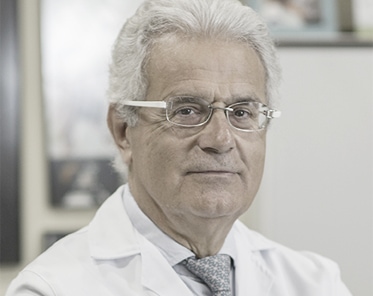
The main interest of this tool (but not the only one) in public health is to allow primary care doctors, and especially emergency physicians, to categorize knee sprains urgently, thanks to a simple-to-use tool in just a few minutes. This classification from the first consultation into a severe sprain (with ACL rupture) or mild (without ACL rupture) allows, on one hand, to avoid unnecessary and costly additional examinations (MRI) in the case of mild sprains, and on the other hand, to immediately adapt treatment to the severity of the sprain, avoiding, for example, unnecessary prolonged immobilizations.

I the undersigned, Doctor Henri ROBERT, Knee ACL surgeon specialist, confirm that the GNRB, ROTAM & DYNEELAX arthrometers are very accurate, reliable and with the best reproducibility in the world.
The arrival of the DYNEELAX revolutionizes the possibilities of the practitioner to regularly analyse the rotational and translational stabilities of the cruciate ligaments in the knee, using a non-invasive test, before and after surgery or as a preventive measure, or after partial tears. Numerous additional applications include notably the analysis of meniscus lesions (medial or lateral) which can be highlighted thanks to the rotational tests, as well as the functional analysis of the strength of the injured tissues.
The rotational analysis is an essential breakthrough as it allows the identification of rotational instabilities which are very difficult to detect with known clinical physical tests (pivot shift test, the Dejour test, dial test...). The DYNEELAX is the result of more than fifteen years of research and development which has led to the most advanced device in this field of study on an international level.
It is essential for surgeons to know the results of rotatory tests in order to adapt ACL surgery and perform or not an extra-articular tenodesis.
As much as translational stability could be controlled manually or with small manual laximetry tools, rotation has no suitable tool to validate this (nor any reliable clinical test due to the absence of relaxation necessary to carry out these tests properly).

This is a letter detailing my/our experience with use of the Genourob Dyneelax laximeter device.
We are a high volume tertiary referral arthroplasty centre and sports medicine centre in Western Australia. We are closely associated with the Orthopaedic Research Foundation of Western Australia.
We have had an excellent experience with the use of our Dyneelax device for multiple research projects, including novel investigation of the sagittal stability of total knee replacements and revision total knee replacements. We also have numerous projects working towards examining the stability of anterior cruciate multi-ligament knee reconstructions.
Our experience working with the company has been excellent. We are literally located on the other side of the world; however, they have gone over and above to help us with training and our customer support. I cannot recommend them highly enough.
In terms of the device, it is an excellent research tool which enables us to establish quantified measurement of the sagittal and rotational stability of multiple different knee arthroplasty devices, a measurement that hereto forth was impossible. This is generating high level novel research of an international interest.

My name is Michael Rüscher, I work in the field of conservative and operative orthopaedics as an osteopath and physiotherapist! I am currently working intensively on my PHD dissertation in the field of biomechanics.
I discovered the device Dyneelax from the company Genourob in the course of my research about 1 year ago and the idea was born to write the dissertation with this laximetry on the knee joint. I have now taken over 100 measurements on operated and conservative cruciate ligaments and am thrilled with the measurement method. It is simple and very reliable to use.
In my daily work with my brother Dr. Rudolf Rüscher we evaluate the cruciate ligaments by means of MRI and immediate laximetry.
We have already had 3 patients with a described complete cruciate ligament rupture who then showed no clear instability in the laximetry measurement, i.e. less than 1.5 mm at 100 Micro Newton. So we are excited about this functional study of this laximetry.
The topic of my dissertation is "Comparative investigation of the biomechanics (laximetry by Genourob) of the knee joint with rupture of the anterior cruciate ligament after surgical and conservative treatment under consideration of economic efficiency".
I would therefore like to thank the Genourob company once again for this innovative examination device!

Resources
To assist healthcare professionals in leveraging the GNRB & DyneeLax arthrometers to their fullest potential, we have curated a collection of resources. These are designed to provide comprehensive insights, from basic setup and operation to in-depth diagnostic procedures. These resources aim to facilitate seamless integration of these innovative tools into your diagnostic practice, ensuring accurate and timely identification of knee ligament injuries.
Research Articles & Clinical Studies:
2023 - GNRB® laximeter with magnetic resonance imaging in clinical practice for complete and partial anterior cruciate ligament tears detection: A prospective diagnostic study with arthroscopic validation on 214 patients.
DOI: 10.1016/j.knee.2023.03.017
2023 - Sensitivity, repeatability and reproducibility study with a leg prototype of a recently developed knee arthrometer: The DYNEELAX®
DOI: 10.1016/j.medntd.2023.100254
2019 - Anterior knee translation measurements after ACL reconstruction are influenced by the type of laximeter used.
DOI: 10.1007/s00167-020-05950-5
Instructional & Presentation Videos:
Click Here to view GNRB Tutorial Video
Click Here to view the DyneeLax Presentation Video
We are here to help!
We're here to assist you on your journey towards better health and precision in diagnosis. Don't hesitate to reach out with any questions or inquiries. Contact us today and let us guide you towards a healthier tomorrow.
Visit us
Bâtiment 60, Rue du Chef de Bataillon Henri Géret
53000 Laval
France
Email Us
yves.crystal@genourob.com
Call Us
+33 7 66 76 03 92 Whatsapp or Phone Call
